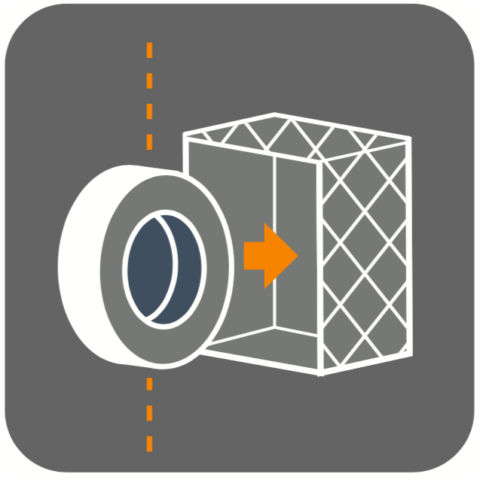A few tips before inflation
-
Weigh the laden vehicle, axle by axle, to determine the correct tire pressure.
-
Measure cold pressure (after the vehicle has been stationary for several hours):the tire pressure must be checked regularly and during each workshop maintenance session.
-
Important safeguard:the tire pressure increases while rolling, so you must never reduce the pressure of a warm tire.
-
Pressure controllers: these must be accurate, handled with care and calibrated regularly, like all measuring equipment.
WARNING
THERE IS ONLY ONE ADEQUATE PRESSURE FOR A GIVEN LOAD OR WORK UNDER SPECIFIC CONDITIONS.
Low-pressure rolling can damage your tire. Remove the tire if the loss of pressure exceeds 2 bars in relation to nominal pressure.
Flat and locked seat rims
Tires mounted with circle rims:
-
Firstly, check that all elements are firmly in place.
-
For flat rims (with circle) and locked seat rims (without circle), never stand facing the mounted tire, but always stand to its side.
-
Use a 3 m pipe (between the inflator gun and tire). This is essential in order to be far enough if a tire bursts.
-
Perform inflation in a fully- equipped area and ensure that nobody faces the mounted tire. A safety cage and helmet (ear protection) are required.
-
Nitrogen inflation.
All these precautions are essential, especially when pressurizing a tire that has already run. If the carcass of your tire is damaged, regardless of the cause, there is a risk of rupture of the tire during the inflation.
ONLY WITH INFLATION CAGE

-
Place tire upright in inflation cage
-
See cage operating procedure
